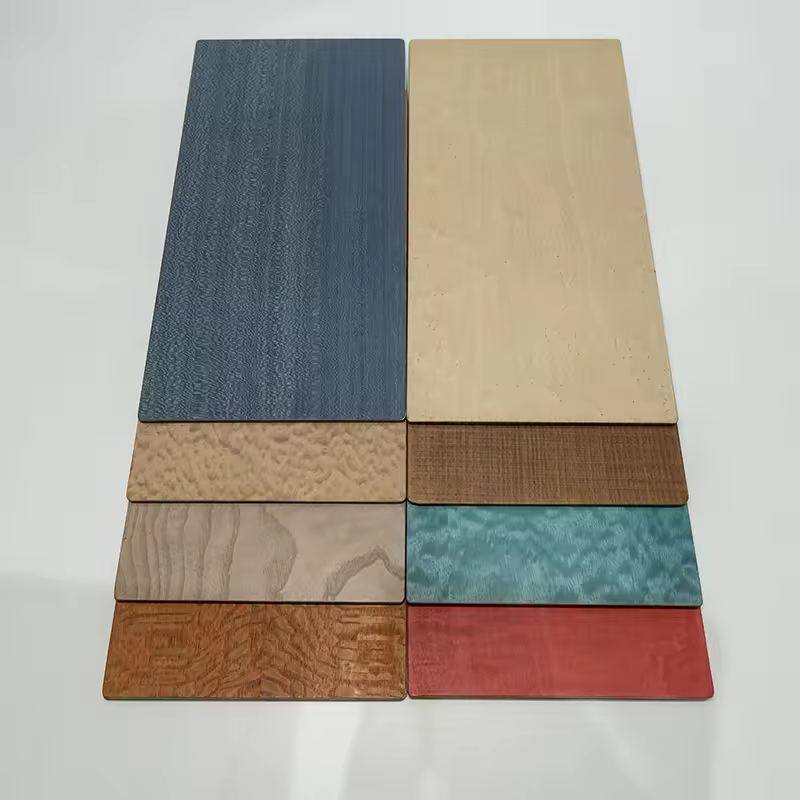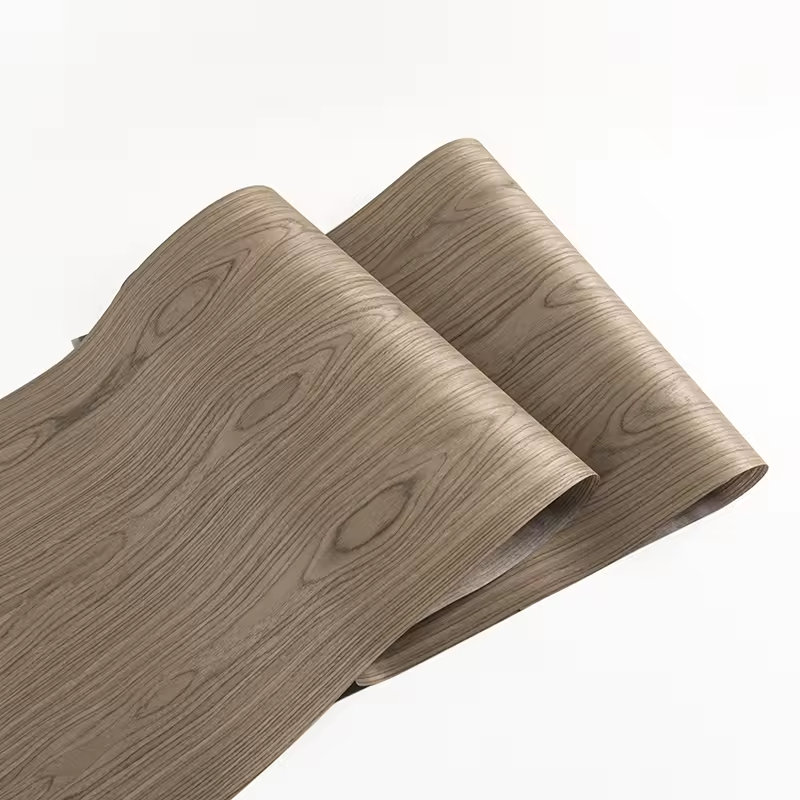Wood veneer is a thin layer of wood cut from a log and is a popular choice in contemporary design due to its versatility and aesthetic appeal. This material allows designers and homeowners to enjoy the beauty of natural wood while minimizing the environmental impact associated with traditional wood.
One of the main advantages of wood veneer is its sustainability. By using thin layers of wood, manufacturers can create products that require far less raw material than solid wood. This not only protects the forest but also reduces the carbon footprint associated with logging and processing. As consumers become more environmentally conscious, wood veneers are becoming a responsible choice for furniture, cabinetry and interior decoration.


In addition to its environmental benefits, wood veneers offer a wide range of design possibilities. It is available in a variety of tree species, colors, and grain patterns to mimic the look of solid wood while providing a more uniform appearance. This makes it ideal for modern interiors that prioritize clean lines and minimalism. Whether used on wall panels, tabletops or cabinets, wood veneer adds warmth and sophistication to any space.
In addition, veneer is highly adaptable. It can be applied to different substrates such as MDF or plywood, allowing for creative applications in both residential and commercial settings. Its lightweight nature makes it easier to handle and install, further enhancing its appeal to designers and builders.
In conclusion, wood veneer is not only a practical choice; It is a stylish and sustainable option that meets the demands of modern design. As trends in eco-friendly materials continue to grow, wood veneers will continue to be popular among architects, designers and homeowners looking to create beautiful, sustainable spaces.
Post time: Oct-14-2024
